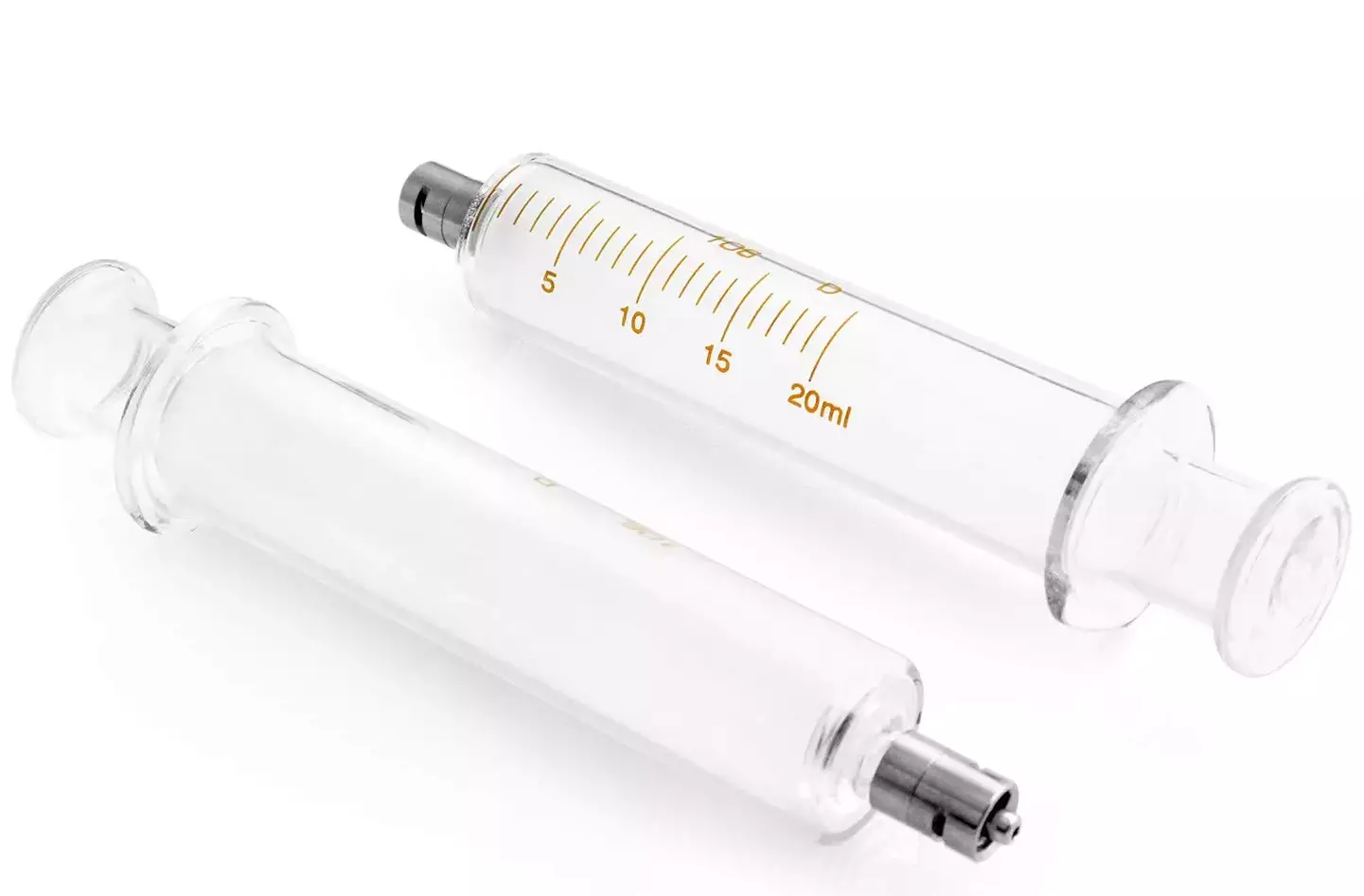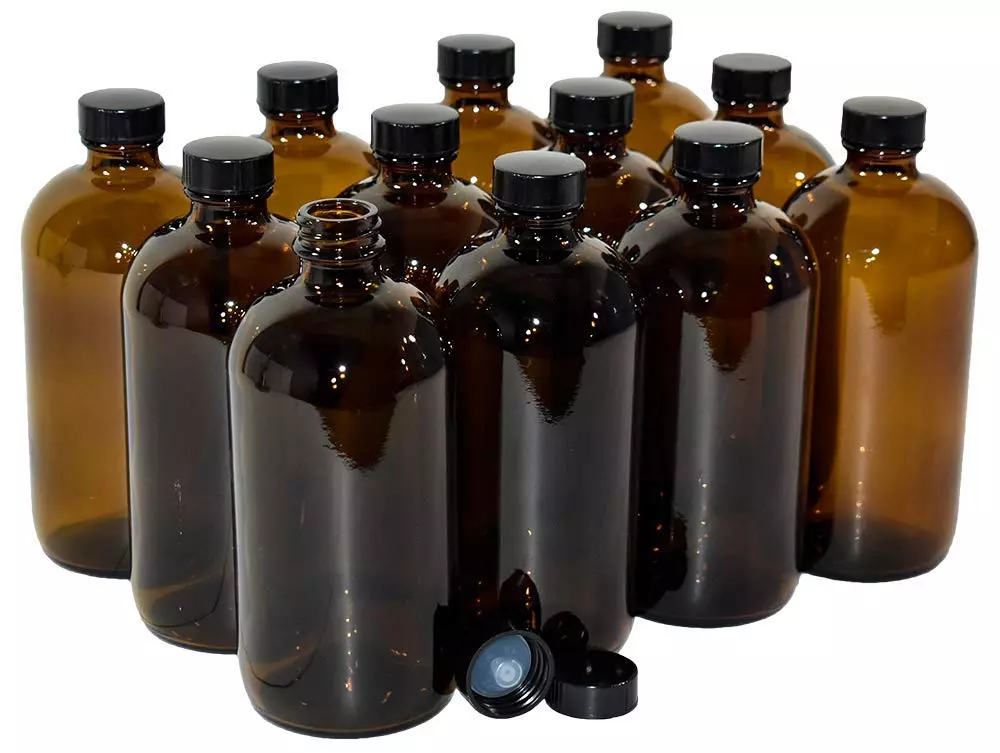Transformer Oil Testing: Types, Methods and Analysis
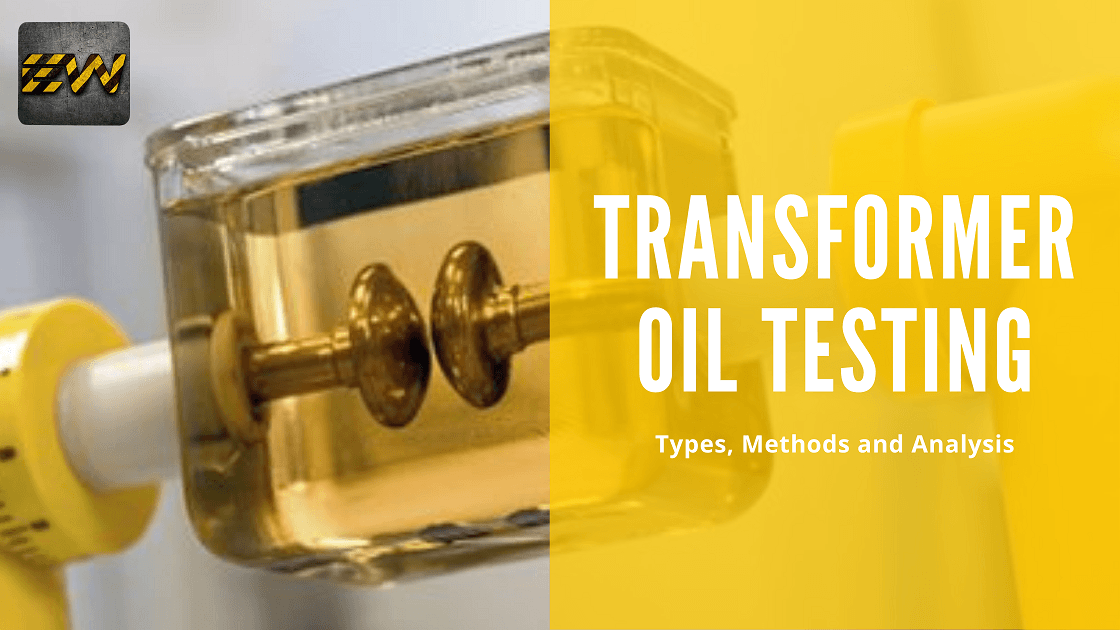
Oil testing of transformer is how blood testing to human beings. Transformer oil testing is a proven and best known loss prevention technique which should be part of any maintenance program of an organization. It not only acts as an early warning system but also help us to understand the inner health of the transformer without disrupting it’s operation.
Transformer oil testing when done on a regular time interval allows maintenance department to identify priorities, plan work assignment, gives enough time to arrange outside vendor for transformer servicing or maybe order necessary parts and materials.
Why Oil Testing for Transformers is Important?
It is important to understand that transformer’s fluid not only acts as a heat transfer medium but is also part of the transformer’s insulation system. It helps to maintain the internal temperature of the transformer and is important for the safe operation. It is therefore very important to periodically perform test on the oil to determine if the insulating oil is capable of fulfilling its duties as an insulant.
Different Kinds of Transformer Oil Testing
Visual Examination
One of the first test which is generally conducted in lab is visual examination which is done by passing a beam of light through it to determine transparency and identify foreign matters. If the oil is contaminated it will be exhibited by poor transparency, observation of foreign particles or cloudiness. The international standard ASTM D1524 is referred for guidance and standard practice.
Color Analysis
As the name suggests, the oil sample is compared with a previous sample from the same transformer and is checked for darkening of oil. The color of the oil is determined by transmitting a light and is given a numerical value between 0-5 which is compared with a series of color standards. If noticeable darkening of oil is observed it is safe to assume that the oil is either contaminated or internal arching has occurred in the transformer. The international method used is ASTM D1500.
Dielectric Breakdown Voltage (BDV Test)
With this test the dielectric strength of the insulating oil is tested or on other words we measure the voltage at which the oil fails electrically which is a good indication of the amount of oil containment or moisture present inside the oil. This test is conducted by placing oil sample between two electrodes and voltage is applied gradually till the time electrodes have enough potential and starts to conduct through the oil and that’s what we call as the breakdown voltage of the oil.
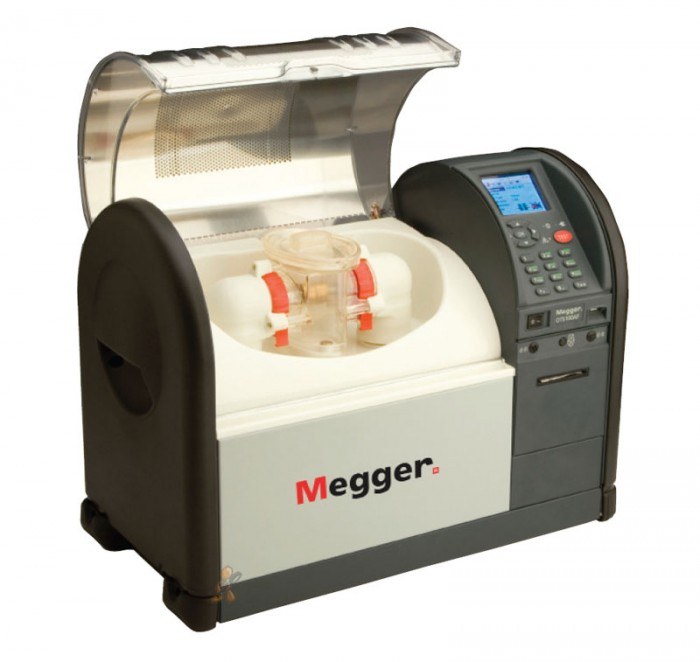
This test is conducted using the international standard ASTM D877 which also specifies that the new transformer oil should have a minimum dielectric strength of 35kV. The BDV is measure in kV.
Dissolved Gas Analysis (DGA Test)
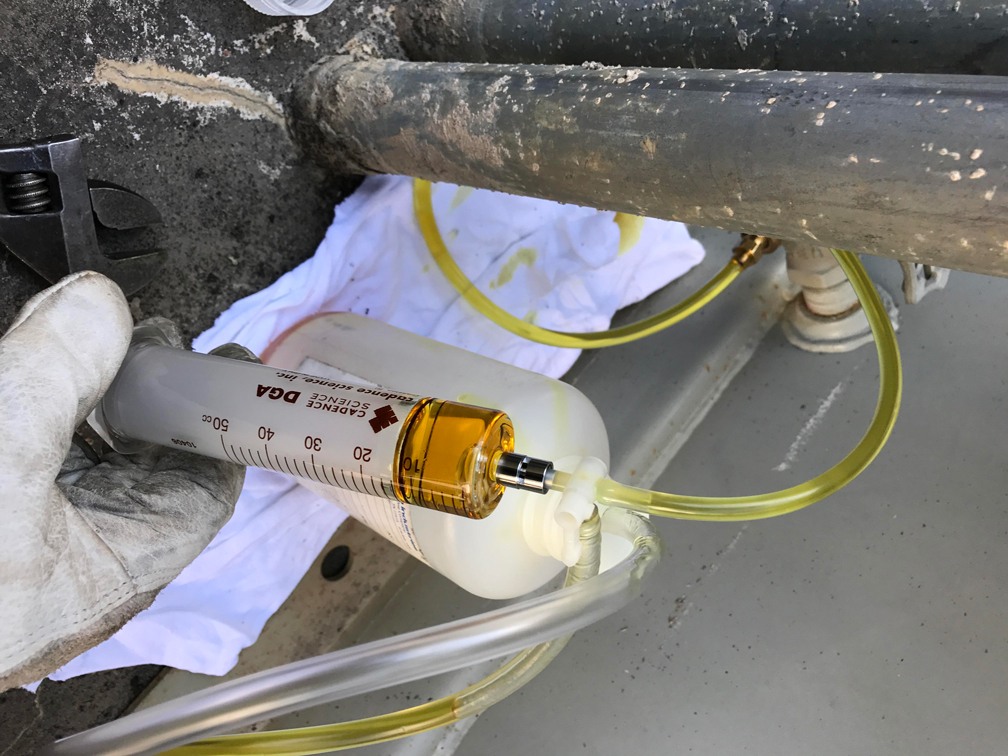
In this test the oil sample with all the fault gases dissolved is taken in a glass syringe and send to lab for analysis which identifies various gas ppm levels that are present in the insulating oil. Different gases dissolved in the oil indicates different kinds of thermal and electrical stress occurring inside the transformer. The internal standard ASTM D3612 is used to carry out this test.
If you are looking for such kind of glass syringe, then please click here.
Dissolved Metals
The internal standard ASTM D7151 governs how dissolved metals in the oil is to be determined. It is measured by inductively coupled plasma atmonic emission spectrometry (ICP-AES) and expressed in micrometres. This test helps to understand the presence of any metal which could originate either because of overheating, arcing inside the transformer or maybe because of mechanical wear.
Flash Point or Fire Point
This test is used to check the volatility of the oil. It is the minimum temperature at which the heated oil starts to give out sufficient vapour to form a flammable moisture with the air. The international standard used for this test is ASTM D92.
Interfacial Tension
Helps to identify the presence of soluble contaminants and oxidation products in the insulation oil. The unit of measurement is mN/m and a decreasing value indicates an increase in contamination. In this test interfacial tension of water is tested against oil and is governed by international standard ASTM D971.
Furanic Compound
This test is carried out as per ASTM D5837 in which measurements are made using high-performance liquid chromatography or HPLC. This test helps us to determine the presence of cellulosic material either from the paper insulation of the windings or press board which generates Furanic compounds in the oil.
Moisture Content
The moisture in the oil is calculated by using the weight of the moisture by the weight of the oil. For normal mineral oil the acceptable value is 35ppm. It in interesting to note that ideally we want the moisture content to be as low as possible since having more moisture in the oil decreases the insulating dielectric strength and flashovers can happen. The international standard used for this test is ASTM D1533. The oil is collected in special glass bottles which are then send to the lab for tests.
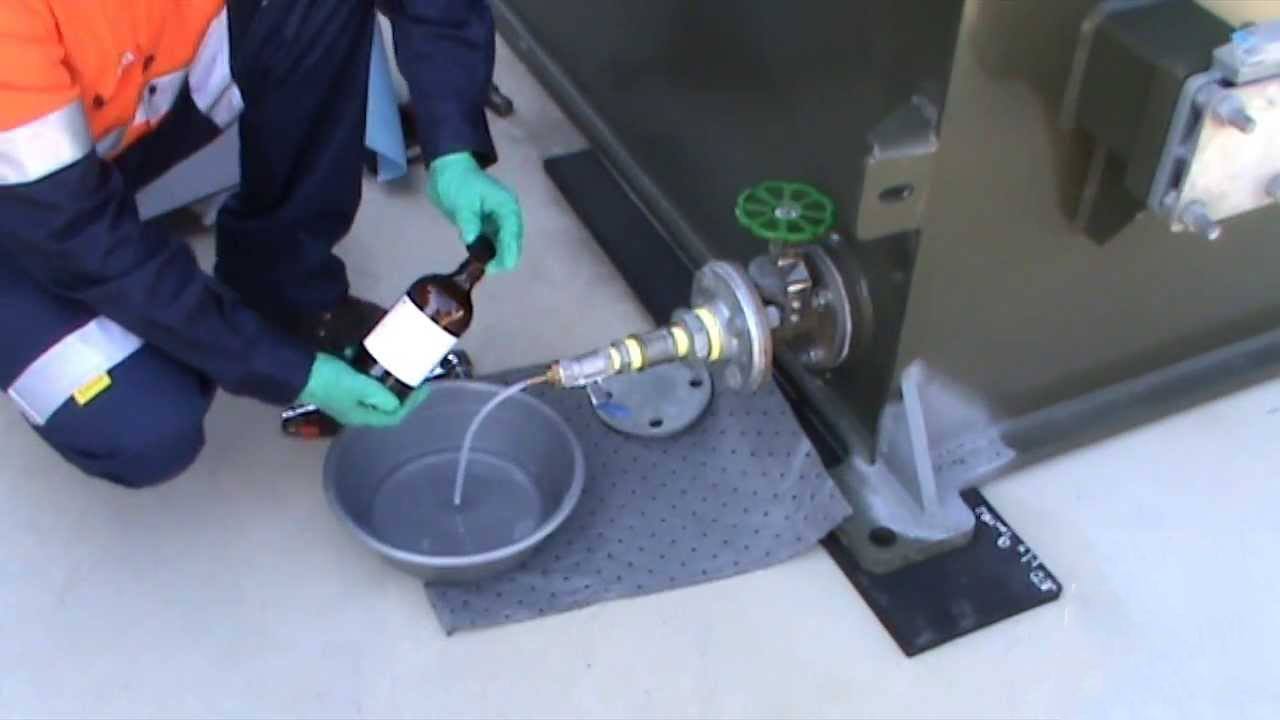
These bottles are made of Amber glass with a cone cap and they cannot be reused. For more information about the product, click here.
Neutralization Number or Acid Number
As the name suggests, this test is used to determine the acid content in the oil. New transformer oil generally have no acid content by may develop because of oxidation and contamination. The test is carried out by measuring the amount of potassium hydroxide (KOH in mg) required to neutralize the acid in one gram of oil. This test is conducted using the international standard ASTM D974.
Polychlorinated Biphenyls (PCB) Content
This test is very nowadays and is required by the onsite EHS team before the oil handling operation can be conducted. This test basically deducts the presence of PCB or also known as askarels in the insulation oil using gas chromatography. The test method used is ASTM D4059 and is measure in ppm.
Pour Point
This test is really important especially if the transformer is located in a very cold climate. In this this test the lowest temperature is determined at which the oil will flow thus making sure that the will circulate and serve its purpose as an insulation.
Relative Density
With the help of this test, relative density can be determined which is also know as specific density by using a hydrometer at a reference temperature. If ever the test results in a high number it indicates that oil’s ability to suspend water. In very cold climate, relative density can be used to understand if ice will float on the oil. The standard used for this test is ASTM D1298.
Resistivity
As the name suggest this test is used to determine the resistivity of the oil or helps us to understand the insulating properties. A low resistivity means the oil contains high free ions which implies that the oil consist of conductive contaminates. The unit of measurement is ohms and the standard used is ASTM D1169
Quiz
For More Information
Visit the following links: https://www.astm.org/Standards/D117.htm
https://www.intertek.com/ocm/transformer-oil
https://en.wikipedia.org/wiki/Transformer_oil_testing

